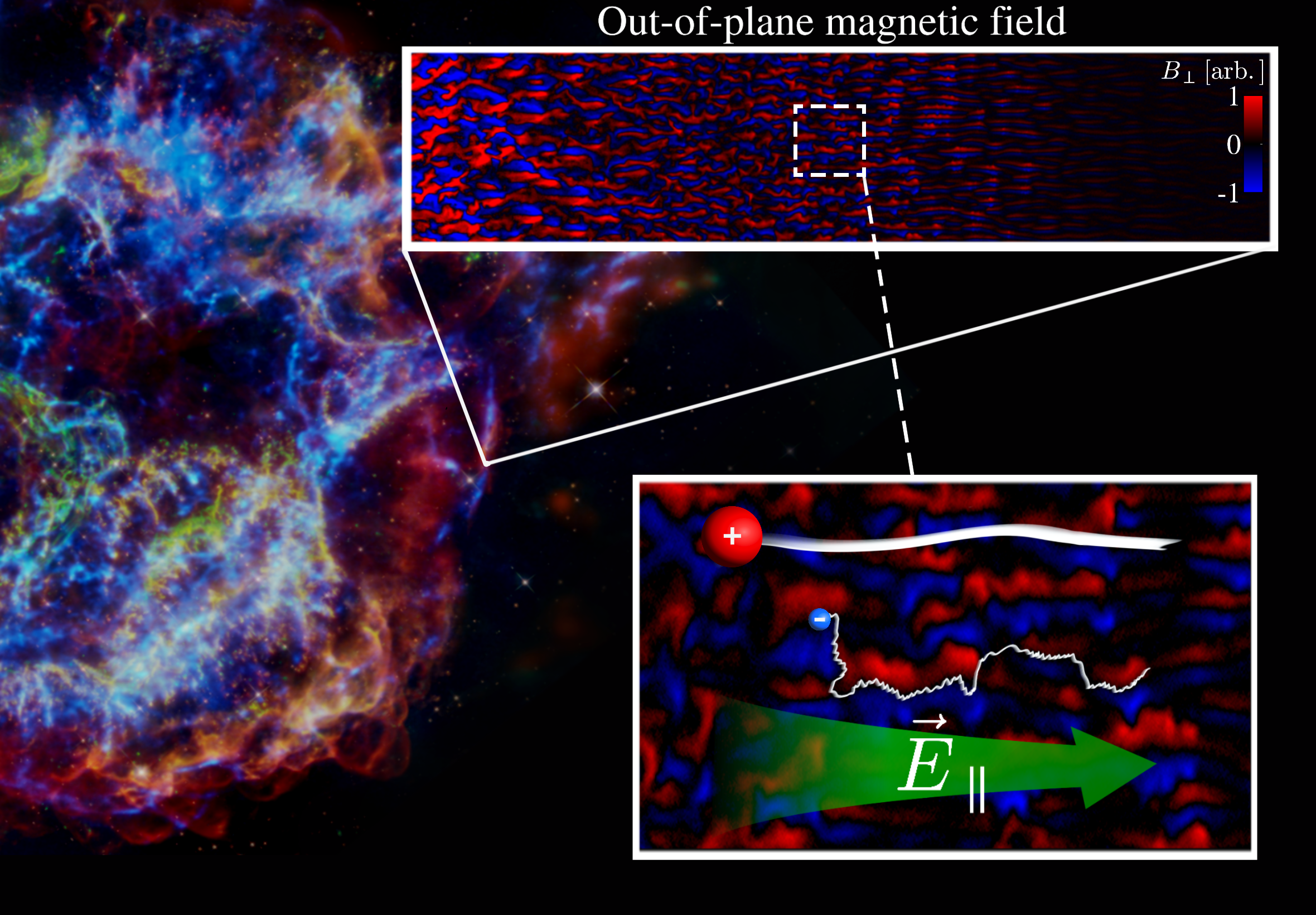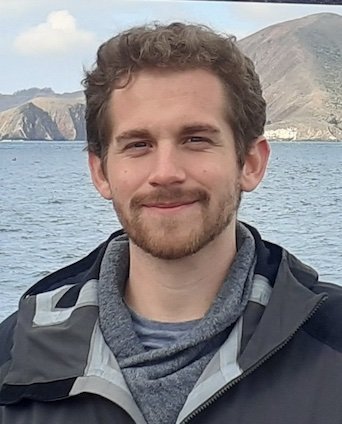Press Room
Press Room
The temperature of electrons in young supernova remnants
The temperature of electrons in young supernova remnants
When a star explodes and a supernova remnant forms, the ejected matter causes shock waves that propagate at several thousand kilometers per second. Understanding these shocks enables us to model the radiative signature and the fraction of cosmic rays accelerated by them. In these very low-density environments, particles of the electron-ion plasma rarely collide. Therefore, the formation of a shock results from the complex coupling of particles with an electromagnetic turbulence on scales 10 orders of magnitude smaller than the size of the remnant.
The physics of these shock waves is of great interest and is the subject of a multidisciplinary approach: numerical, observational, and experimental. All indicate electron temperatures 1000 times higher than those naively expected from adiabatic compression of the electron population at the shock front. The mechanism behind this intense heating remains unexplained.

© A. Vanthieghem; X-ray:NASA/CXC/SAO; Optical: NASA/ESA/STScI; IR: NASA/ESA/CSA/STScI/Milisavljevic et al., NASA/JPL/CalTech ; Image Processing: NASA/CXC/SAO/J. Schmidt and K. Arcand
As part of a collaboration between Japanese, American, and European institutes, a team of researchers has developed a new theoretical model to account for the energy partition between electrons and ions as they pass through the shock wave. Because of their high mass, ions are only slightly affected by electromagnetic turbulence, whereas lighter electrons have difficulty percolating between structures (see figure). This difference in dynamics generates an electric field that causes electrons to heat up in a Joule-type process, with electrons acquiring a temperature that is a significant fraction of that of the ions.
The study, to be read in full length in Physical Review Letters, is validated by state-of-the-art numerical simulations. These required several million computing hours on the STELLAR supercomputer at Princeton University (US). The generality of this model opens up promising prospects for the study of particle transport, heating, and acceleration in various astrophysical and laboratory environments dominated by electromagnetic turbulence.
Research Information: "Electron heating in high Mach number collisionless shocks"
Published online, 25 June 2024, in the 28 June 2024 issue of Physical Review Letters (Vol. 132, No. 26)
DOI: 10.1103/PhysRevLett.132.265201
About Department of Astro-fusion Plasma Physics (AFP) of NINS

